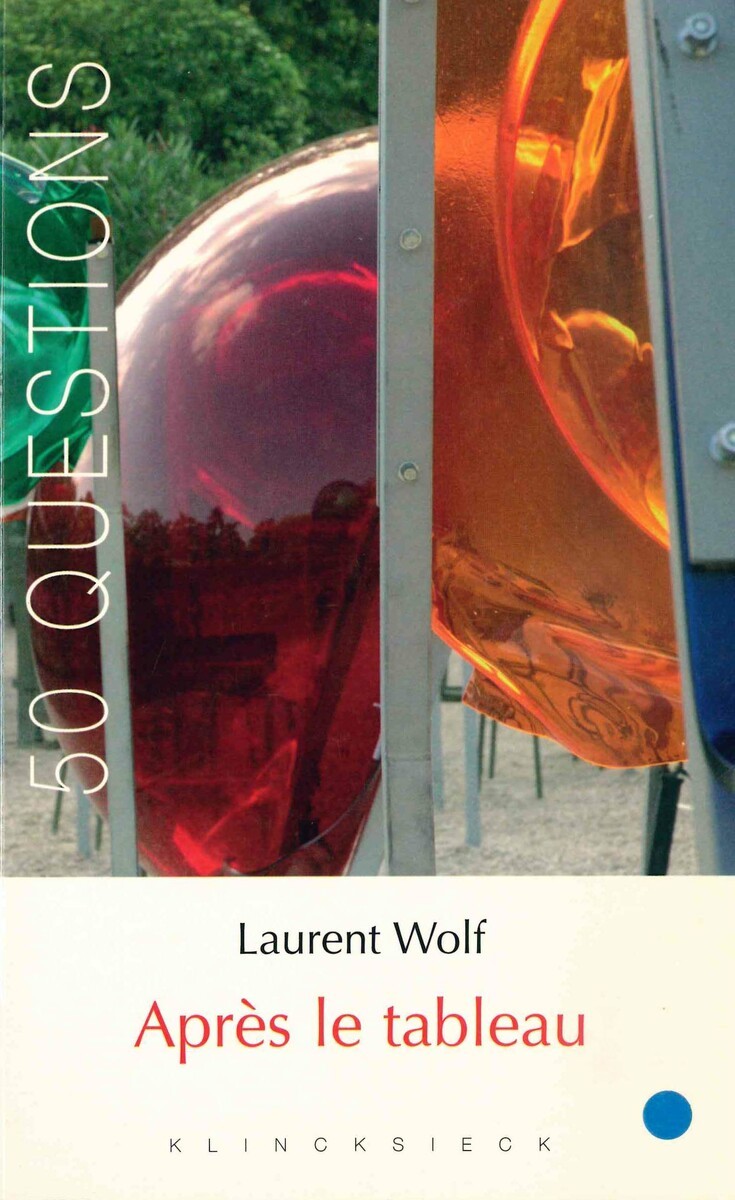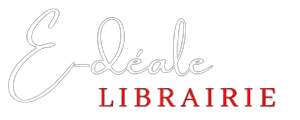The canvas — this object bearing images that was conceived in the West as of the thirteenth century and reached its maturity during the Renaissance, still serves as the model for our perception, as well as for the social and economic fine art trade, even though it is no longer the only model for painters. The two volumes comprising Vie et mort du tableau (1273-1973) [Life and Death of the Canvas] (published in this same collection in 2004) – I. Genèse d'une disparition [Genesis of a Disappearance] and II. La peinture contre le tableau [Painting vs. the Canvas] — are both devoted to the emergence and gradual fall from grace of this model and of the visionary community which inspired it. Après le tableau — the third volume of Vie et mort du tableau — resumes the account of the transformation of visual art commencing with the period 1960 to 1970, at a time when the boom in genres and techniques reached its peak and the former form of painting apparently slipped into its twilight period.
Despite the disorder and seeming incoherence of today's art, there are many signs indicating that the artists' efforts are opening a new cycle and outlining new visual communities. This book invites the reader on a sumptuous and highly informative itinerary exploring recent artistic workplaces, new exhibit centres, and the codes and rules governing not only present-day painting, but its market as well.
Laurent Wolf has been a Paris-based general correspondent for the French-language Swiss daily Le Temps since September 2001 and an associate researcher at the Centre de Recherche sur les Arts et le Langage, assisting the Fonction Imaginaires des Arts et de Littératures team (EHESS-CNRS/France). Painting was his main personal and professional activity from 1971 to 1991.




